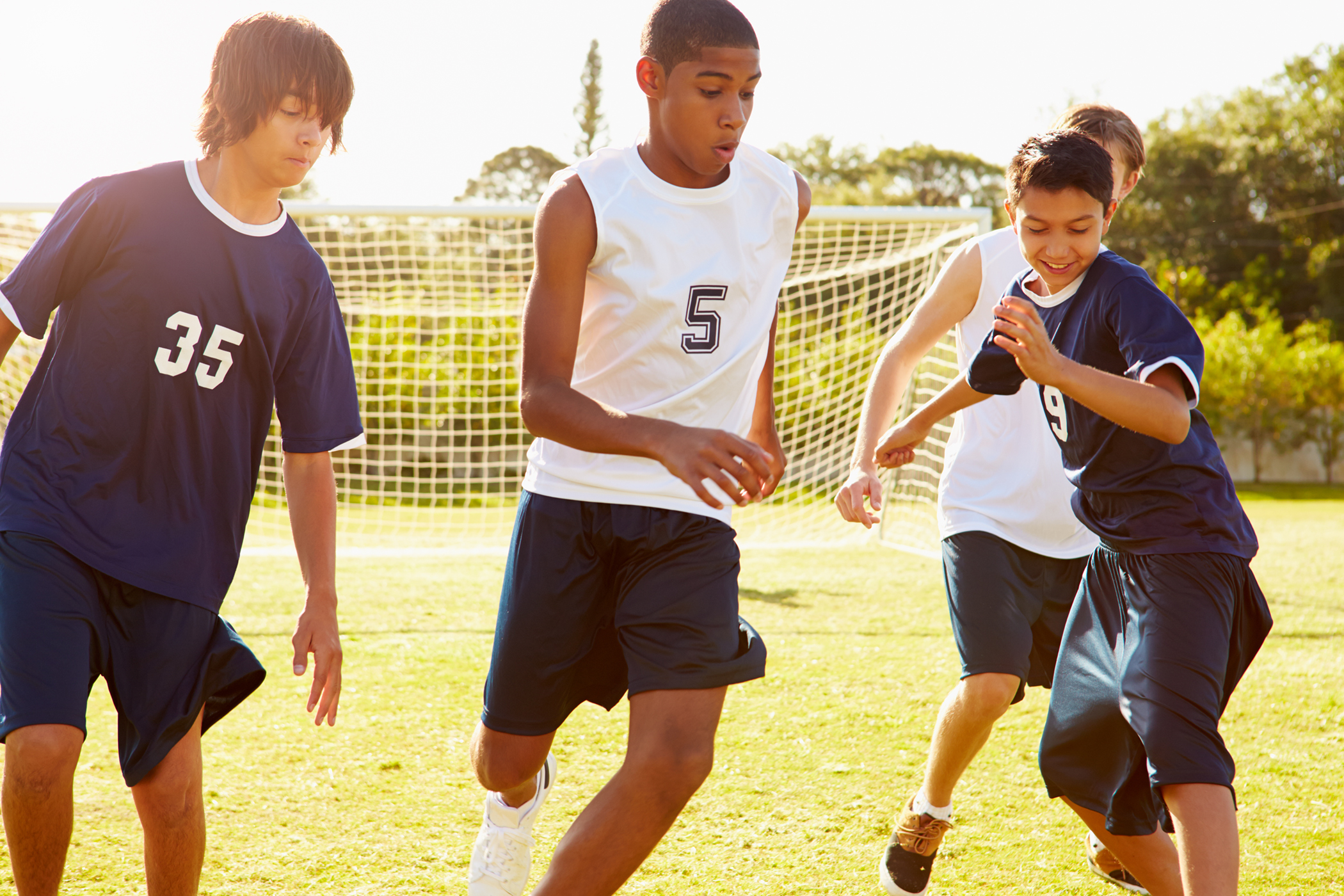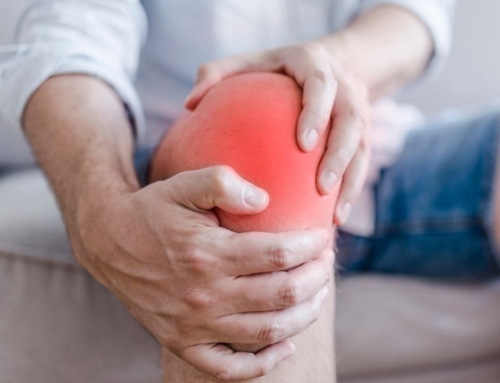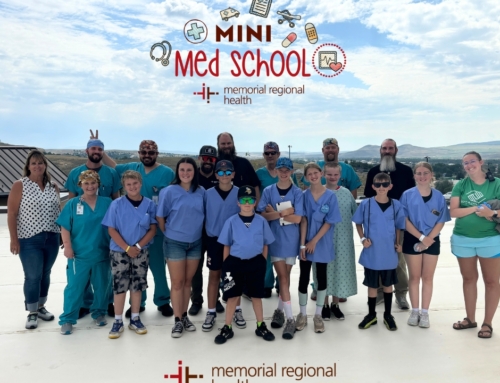How to Help Your Child Get Ready for Fall Sports
Don’t miss any updates from Memorial Regional Health by signing up for our every-other-month Living Well newsletter here.
Matt Hertz is a certified athletic trainer on staff at Memorial Regional Health and contracted to Moffat County School District.
It’s his job to ensure that student-athletes stay as healthy as possible while participating in sports. As Director of Sports Medicine, he reviews all the sports physical forms to identify kids who might need extra support, works closely with the coaches and assesses athletes any time there’s a head bump, sprain or injury of any kind.
If your child will be playing fall sports, he has three essential pieces of advice to heed right now:
1. Get your child’s health checked out.
Make sure your child has had a recent check-up or sports physical. “A full wellness exam is best, but a sports physical can also catch red flags,” Hertz said. “Along with assessing for heart murmurs and orthopedic issues, it provides guidance for preexisting health problems that can impact participation in sports, such as diabetes, asthma and life-threatening allergies. It’s a great screening tool to make sure student athletes can play safely.”
Memorial Regional Health’s annual sports physical clinic has already passed, so if your child hasn’t had an exam or sports physical in the past year, schedule one with your child’s primary-care provider or take them to Rapid Care. Don’t forget to bring the physical examination form provided by your school.
2. Reach out to the coach.
If you haven’t already, be sure to reach out now to your child’s coach to learn their start-of-season expectations.
“It’s very important for parents to get a hold of the coach before the sport starts,” Hertz said. “Almost all coaches have off-season conditioning plans. In the summer, kids can get out of shape and be unprepared for the stresses their fall sport will place on their bodies. They need to show up to the first day of practice fit and ready to participate.”
Hertz said that especially in high school sports, when official practices start, athletes have to be ready to go. A cross-country runner, for example, should already be running several miles at a time, several times a week, throughout the summer.
Kids who aren’t prepared on the first day of practice are at risk of injury. “They quickly get overuse injuries,” Hertz said, “and they will be less successful. If they want to have a good experience, they need to put in the work now.”
Hertz said that he and the coaches love to hear from parents and kids. “They need to bother us, both in the off-season and during the sports season,” he said. “We want to help each athlete stay healthy and meet their goals for the sport.”
3. Encourage your child to start taking responsibility for their own health and fitness.
Ultimately, student-athletes have to start taking responsibility for their own health and readiness to participate in sports, Hertz said. “Kids should be making healthy choices for nutrition, hydration and sleep,” he said. “Red Bulls and Cheetos aren’t gonna cut it.”
Hertz advises parents to be their student-athlete’s biggest fans…but not their directors. Kids in middle school are old enough to start taking charge of their own health and training.
“Different kids have different goals for participating in sports, and that’s great,” he said. “There’s room for everyone. But we want to make sure all of them stay safe and healthy.”
Questions about sports readiness for your child?
Feel free to contact Matt Hertz at 303-915-8127 or [email protected].






